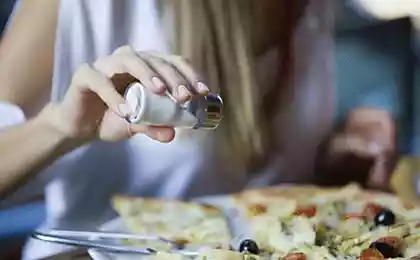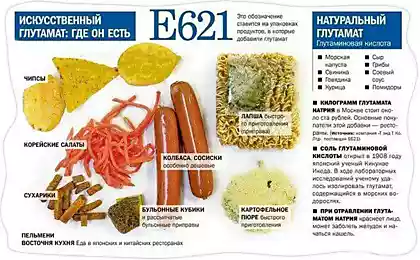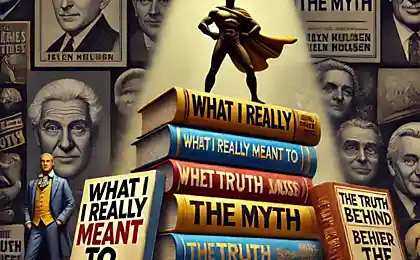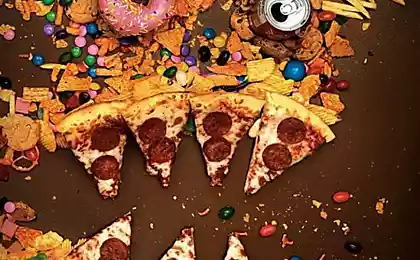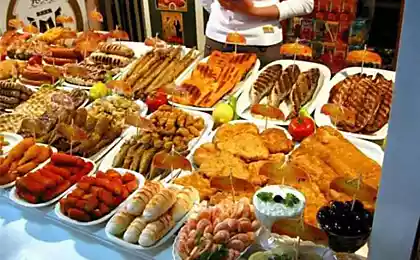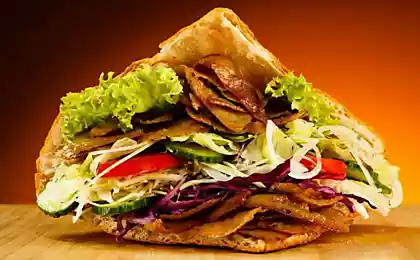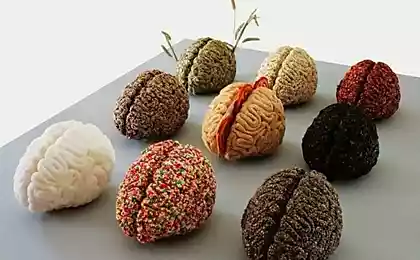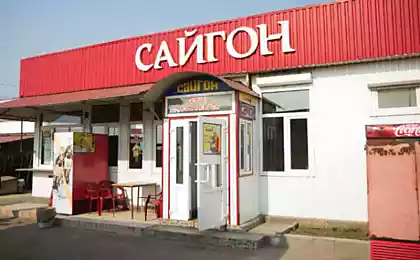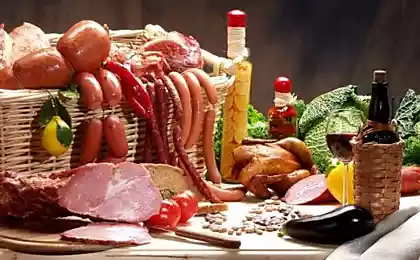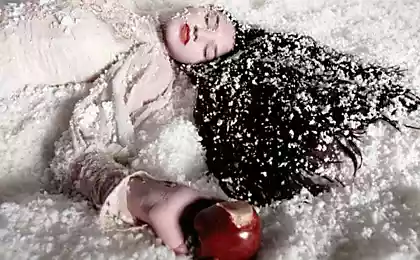714
Glutamate and other additives: Visually about what we eat Really
Look. This delicious and aromatic chicken soup. Not some kind of instant "doshirak" and complete broth with pieces of chicken, vegetables and noodles, which only need to be poured out of the jar and heat.
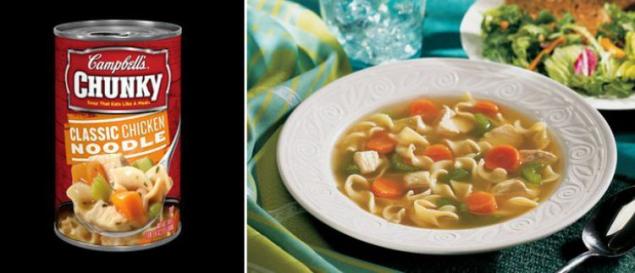
And it is - the same soup, if you break it into components. Recognizable "natural" here quite a bit, but mostly - some suspicious and not at all appetizing powders
.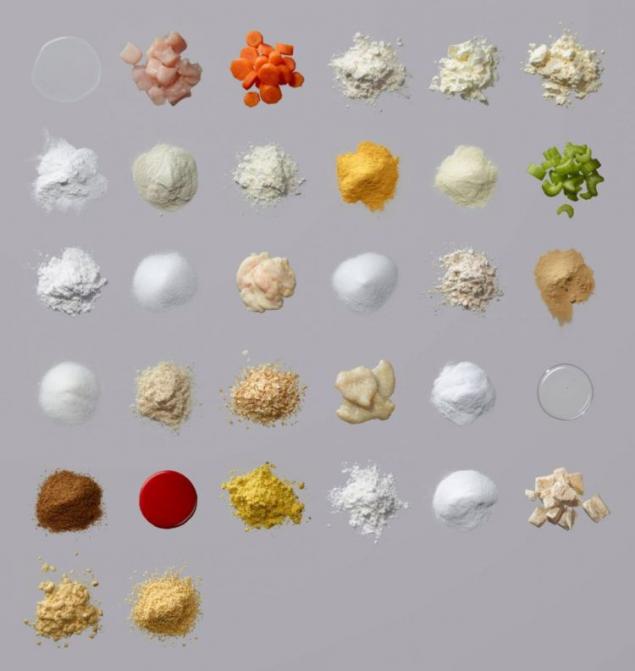
"God, what are we poison?" - Exclaim the most cautious. Let's look together with the photographer Dwight Esklimenom, who just released picture book "Ingredients: visual examination" - about the most controversial substances as part of the popular products
. As rightly observes Wired, many names unpronounceable additives likely associated with some petrochemical production than with healthy and delicious food. Naturally, they cause us concern, because all this (that is, it is not clear which) goes straight into our bodies. But relax - awesome numbers and letters do not conceal anything terrible and dangerous
1.. Starches and sugars
We need to create the required product consistency. Often they are derived from corn, grains which are subjected to special treatment
Here's what
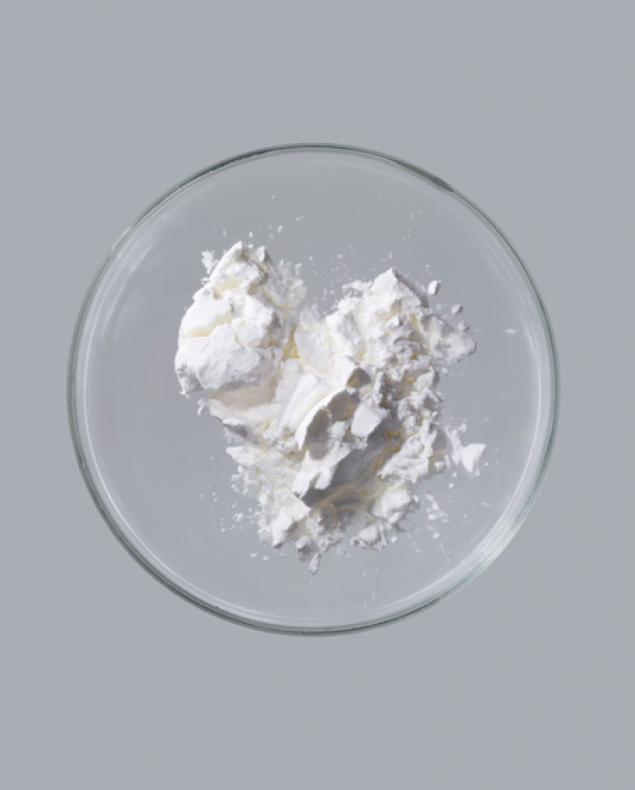
modified corn starch (additive E-1442, contrary to popular belief, has nothing to do with GMOs)
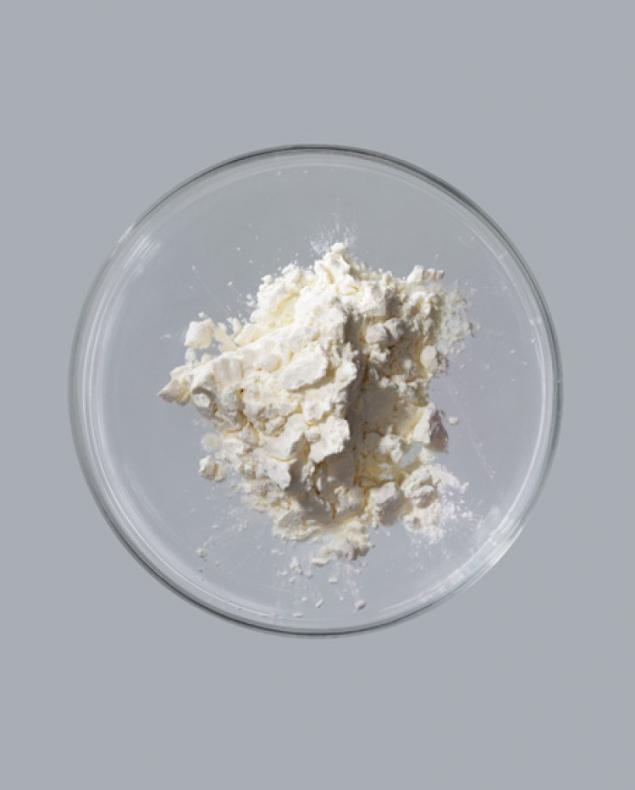
D-glucose or dextrose
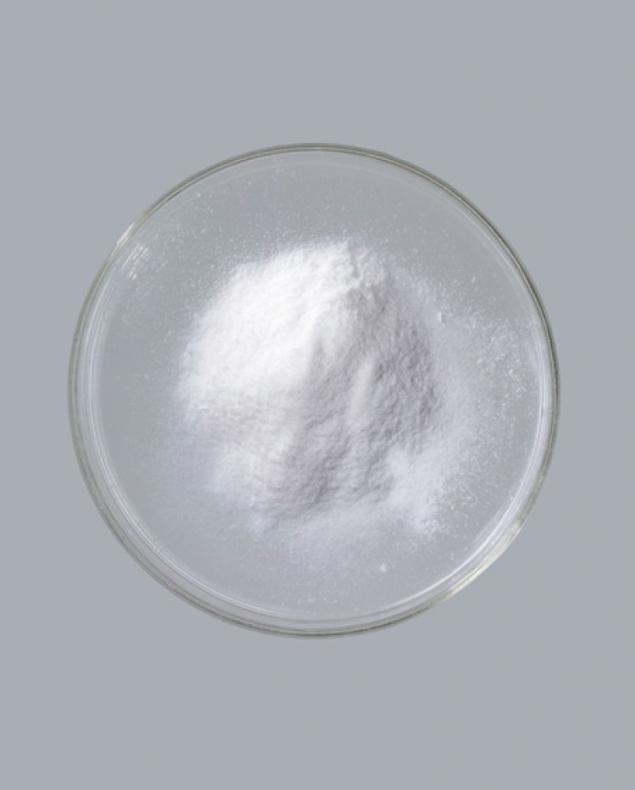
glucose, corn syrup
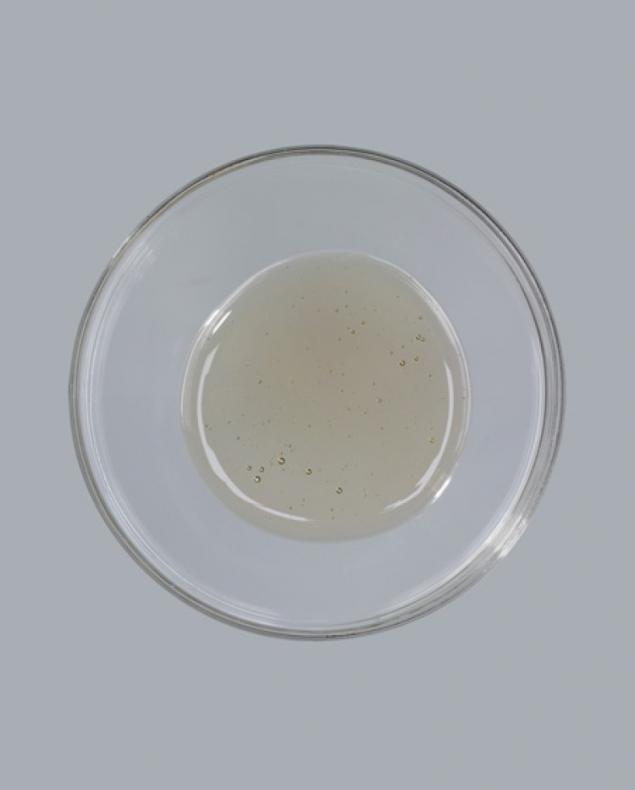
corn syrup is the same, but with a high fructose
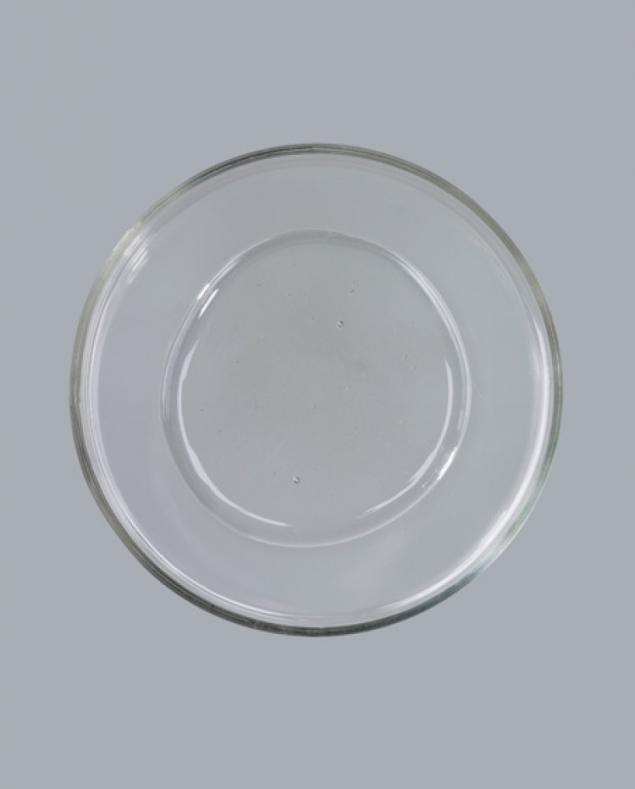
In general, food additives produced from maize and other cereals, hundreds.
< 2. Lycopene (food coloring E-160d)
A close relative of beta-carotene, a natural substance, which gives recognizable shades of paprika, pink grapefruit, watermelon and tomatoes. But only an extract from tomatoes is permitted food additive. Lycopene is obtained either by pumping out of juice, either by dissolution and evaporation, which determines its texture.
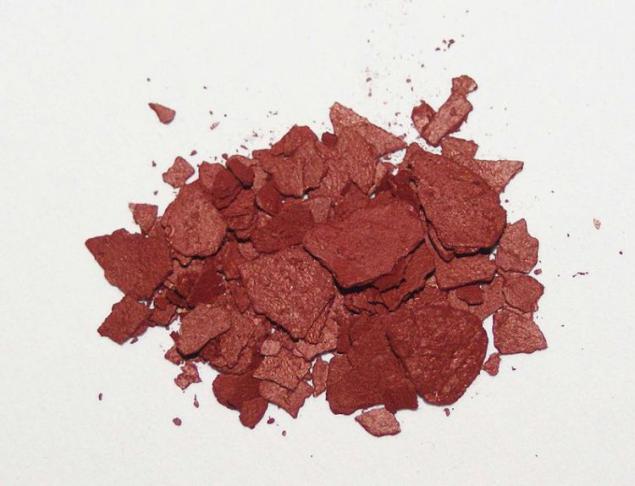
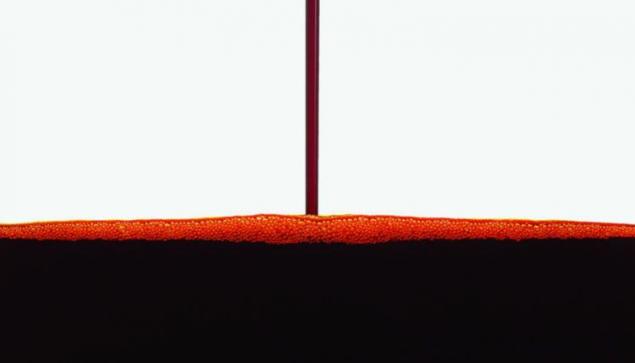
3. Azodicarbonamide (E-927a)
During this three-story word lies just a harmless flour improver and dough products, which in the end turn out fluffy and spongy.
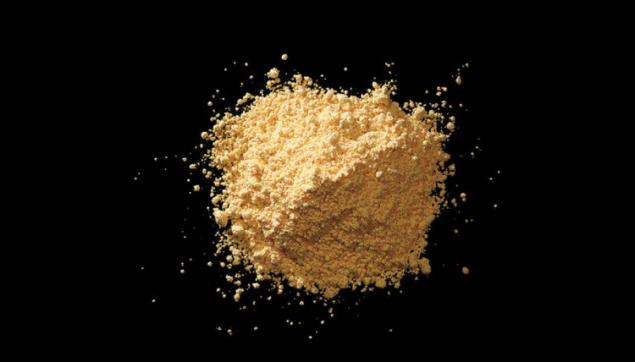
For the same reason as azodicarbonamide used in the rubber industry, by adding it as a "blowing agent" in the manufacture of sports rugs or shoe soles. Although there is nothing strange and contradictory, one small, but very active group of American fighters for "healthy food" in 2014 made to eateries Subway network refused to "rubber hazardous chemical" under its baking muffins.
4. Monoglycerides and diglycerides (emulsifier-stabilizer E-471)
It serves to mix "immiscible" liquids, such as water and oils. It is due to this additive sauces are prepared by uniformly and thick as peanut butter, and different glazes.
This monoglyceride:
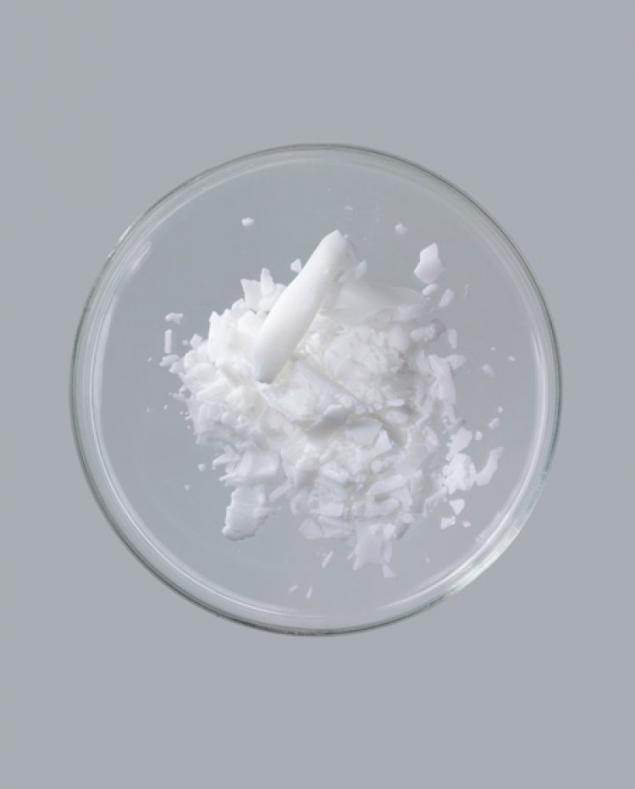
This diglyceride:
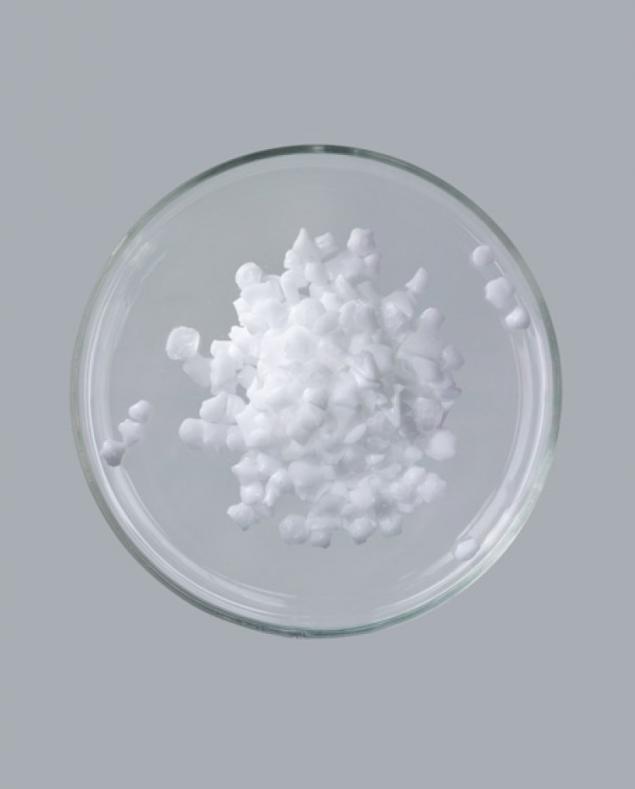
And it is both at once:
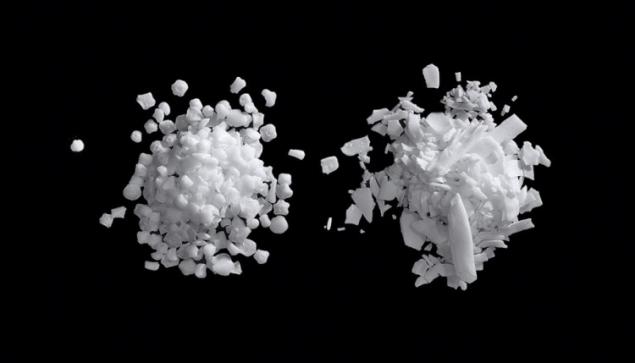
I can not believe, but waxy-looking "pea" and "flakes" - completely natural origin. They are obtained by separating into components of vegetable fats, including glycerin, which is heated and turned into slurry with a vegetable oil and an alkali, and then cooled in a special centrifuge.
< 5. Chlorophyll (dye E-140)
Natural pigment responsible for the color of leaves, grass and, of course, edible herbs, including spinach and sorrel. And the most obvious ingredient mint gum or mint ice cream.
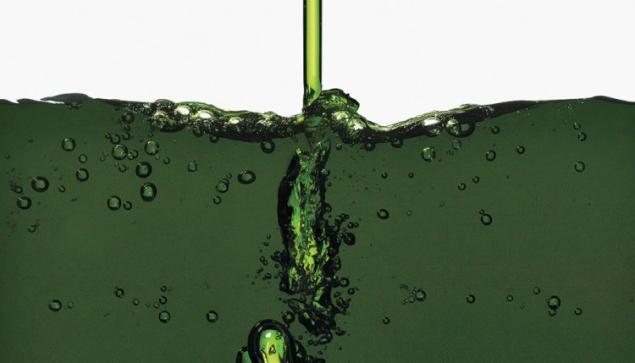
Cooking chlorophyll for food purposes is surprisingly difficult: it is very rapidly oxidized, acquiring a dirty brown color, and in this case can not be used as a dye. In addition, it is insoluble in water. Therefore, to chlorophyll "not rotten", it is treated with copper or added to the oil-soluble mixture.
< 6. Annatto (coloring agent E-160b)
It is he who gives a rich yellow-orange hue cheddar cheese and some other types of cheese.
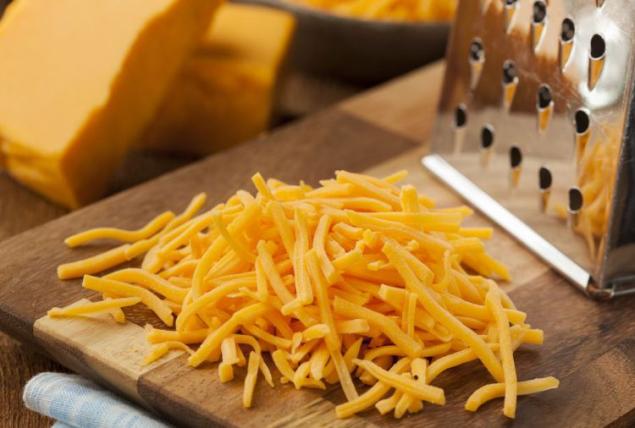
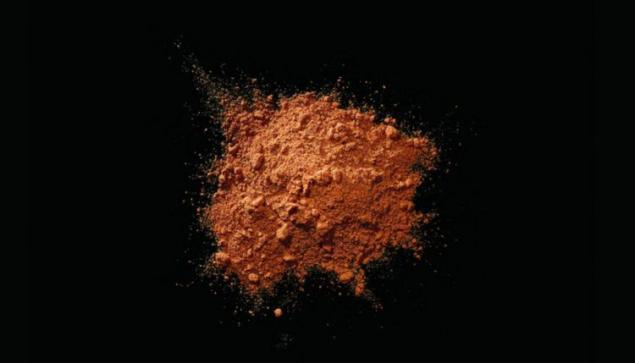
This natural red pigment found in the seeds of the annatto shrub, or "fondant tree" that grows in the American tropics and Southeast Asia. The dye is obtained by extraction and especially widely used in Latin American and Philippine cuisine.
Another common vegetable yellow-orange pigment - beta-carotene (additive E-160a). It can be obtained synthetically, but still mostly obtain it from natural raw materials, such as pumpkin, carrot, rose hips.
< 7. Monosodium glutamate (flavor enhancer E-621)
And here is the "most ominous" ingredient, which always goes on the first number. But is it true?
Firstly, sodium glutamate can be produced naturally in foods (for example, soy sauce), a commercially sound manner it is obtained fermentation of sugar and starch by using the yeast species of bacteria.
Second, to date no one has received evidence of its harmful effects on the human body (if, of course, use it within reasonable limits).
And thirdly, he has a beautiful crystalline structure: a negatively charged glutamate ion paired with a positively charged sodium creates a long, rectangular
«lenses."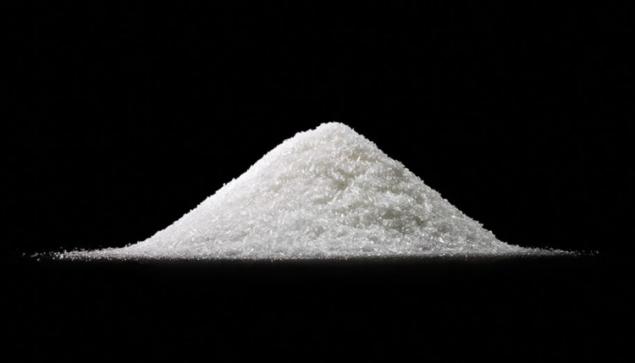
8. Polyglycerol polyricinoleate (emulsifier E-476)
Chocolate love? So thank the unpronounceable ingredient for uniform appearance and taste goodies: E476 additive binds immiscible particles in the chocolate mass. It is also responsible for ensuring that the chocolate icing on your favorite candy and other sweets was not overly sticky.
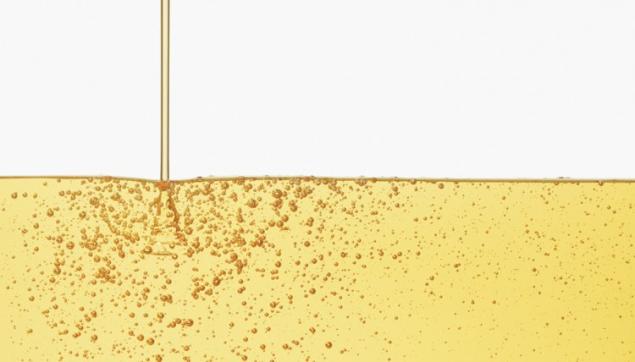
9. Tartrazine (golden-yellow dye E-102) and Allura Red AC (E-129)
What is the name as well! Only now, these bright Handsome not so harmless (though not that very dangerous).
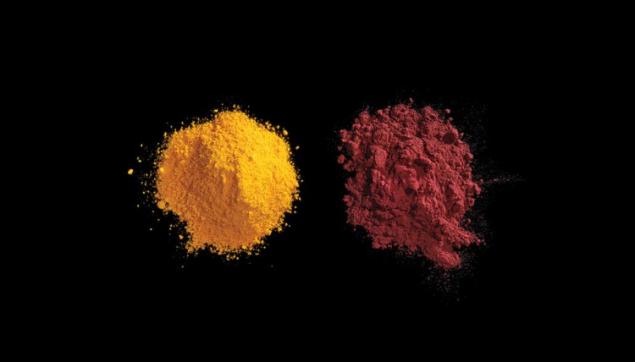
Unlike annatto and lycopene, which originally brightly colored, these synthetic food colors get their color only in the last stage. A first in their manufacture mixed gray and white powders, including nitric acid and tartaric acid, then add side petrochemicals, lye is neutralized and spray on the hot wall, which immediately dried this "explosive mixture", turning into bright powders.
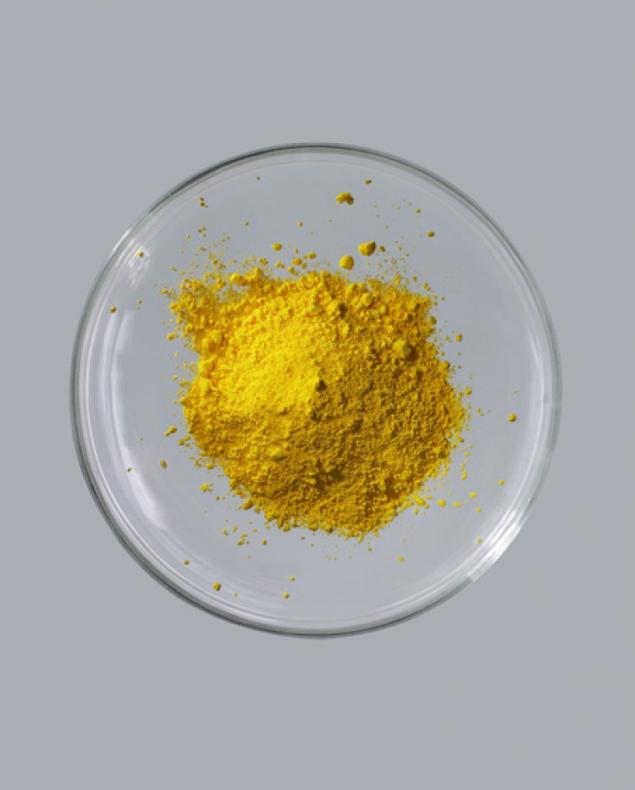
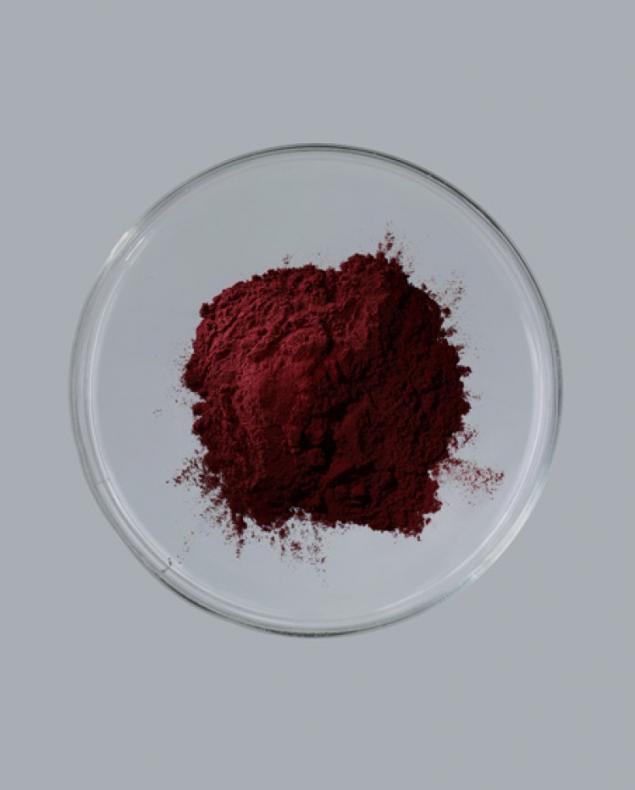
These dyes are generally used in carbonated beverages, and may cause allergic reactions and other unpleasant, e.g., hyperactivity. However, the charges that they allegedly provoke cancer, unfounded. Moreover, Allura Red AC shown the ability to block the action of carcinogenic compounds!
< 10. Shellac (E-904)
This supplement, known as "confectionery gum" or "candy icing" is used for the glazing of various sweets, but do - from what do you think? It is better to sit down. From the "excrement" insect parasites living on some trees in the tropics and sub-tropics of India and South East Asia! Their waste is called quite pleasant word "lacquer" and, in fact, represent the tree sap, processed into the resin.
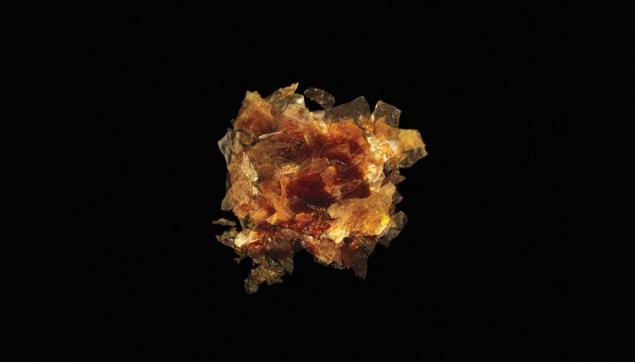
11. Caffeine Everyone knows it, but few know what it looks like. Here's how: colorless or white powder. The taste is bitter.
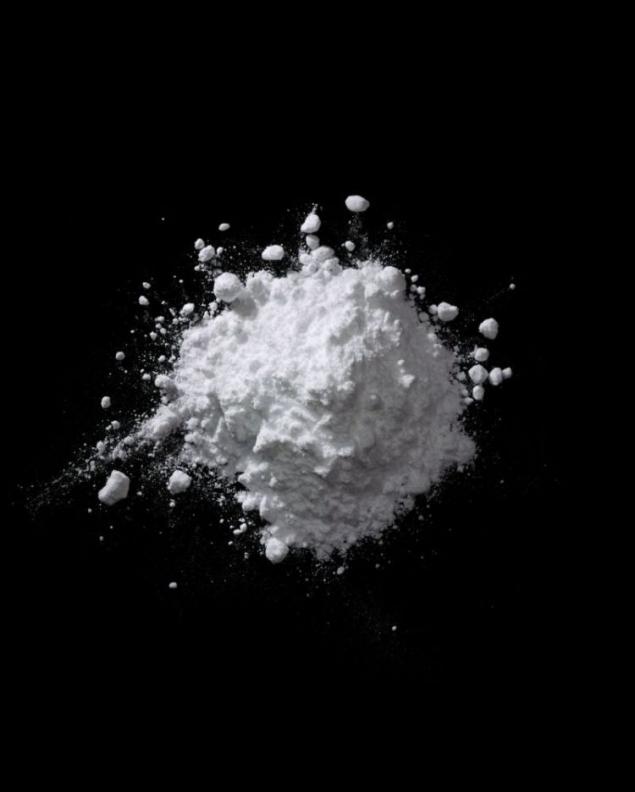
Caffeine is contained in plants, such as coffee tree, tea, cocoa, cola, and some others. They synthesize it against insects feeding on leaves, stems and grains. People bodryasche-energizing caffeine causes physical addiction.
And by the way, speaking of courage. Enjoy the last of which is the energy drink Red Bull:
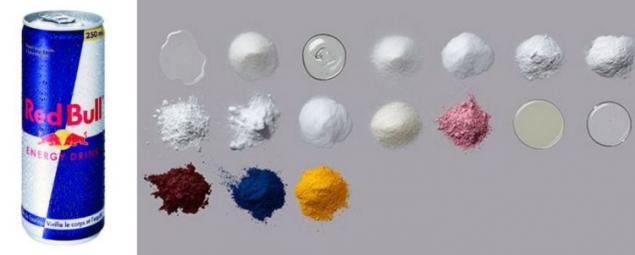
Loading ... Loading ...
Liked? Share with your friends!
Loading ... Loading ...

And it is - the same soup, if you break it into components. Recognizable "natural" here quite a bit, but mostly - some suspicious and not at all appetizing powders
.

"God, what are we poison?" - Exclaim the most cautious. Let's look together with the photographer Dwight Esklimenom, who just released picture book "Ingredients: visual examination" - about the most controversial substances as part of the popular products
. As rightly observes Wired, many names unpronounceable additives likely associated with some petrochemical production than with healthy and delicious food. Naturally, they cause us concern, because all this (that is, it is not clear which) goes straight into our bodies. But relax - awesome numbers and letters do not conceal anything terrible and dangerous
1.. Starches and sugars
We need to create the required product consistency. Often they are derived from corn, grains which are subjected to special treatment
Here's what

modified corn starch (additive E-1442, contrary to popular belief, has nothing to do with GMOs)

D-glucose or dextrose

glucose, corn syrup

corn syrup is the same, but with a high fructose

In general, food additives produced from maize and other cereals, hundreds.
< 2. Lycopene (food coloring E-160d)
A close relative of beta-carotene, a natural substance, which gives recognizable shades of paprika, pink grapefruit, watermelon and tomatoes. But only an extract from tomatoes is permitted food additive. Lycopene is obtained either by pumping out of juice, either by dissolution and evaporation, which determines its texture.


3. Azodicarbonamide (E-927a)
During this three-story word lies just a harmless flour improver and dough products, which in the end turn out fluffy and spongy.

For the same reason as azodicarbonamide used in the rubber industry, by adding it as a "blowing agent" in the manufacture of sports rugs or shoe soles. Although there is nothing strange and contradictory, one small, but very active group of American fighters for "healthy food" in 2014 made to eateries Subway network refused to "rubber hazardous chemical" under its baking muffins.
4. Monoglycerides and diglycerides (emulsifier-stabilizer E-471)
It serves to mix "immiscible" liquids, such as water and oils. It is due to this additive sauces are prepared by uniformly and thick as peanut butter, and different glazes.
This monoglyceride:

This diglyceride:

And it is both at once:

I can not believe, but waxy-looking "pea" and "flakes" - completely natural origin. They are obtained by separating into components of vegetable fats, including glycerin, which is heated and turned into slurry with a vegetable oil and an alkali, and then cooled in a special centrifuge.
< 5. Chlorophyll (dye E-140)
Natural pigment responsible for the color of leaves, grass and, of course, edible herbs, including spinach and sorrel. And the most obvious ingredient mint gum or mint ice cream.

Cooking chlorophyll for food purposes is surprisingly difficult: it is very rapidly oxidized, acquiring a dirty brown color, and in this case can not be used as a dye. In addition, it is insoluble in water. Therefore, to chlorophyll "not rotten", it is treated with copper or added to the oil-soluble mixture.
< 6. Annatto (coloring agent E-160b)
It is he who gives a rich yellow-orange hue cheddar cheese and some other types of cheese.


This natural red pigment found in the seeds of the annatto shrub, or "fondant tree" that grows in the American tropics and Southeast Asia. The dye is obtained by extraction and especially widely used in Latin American and Philippine cuisine.
Another common vegetable yellow-orange pigment - beta-carotene (additive E-160a). It can be obtained synthetically, but still mostly obtain it from natural raw materials, such as pumpkin, carrot, rose hips.
< 7. Monosodium glutamate (flavor enhancer E-621)
And here is the "most ominous" ingredient, which always goes on the first number. But is it true?
Firstly, sodium glutamate can be produced naturally in foods (for example, soy sauce), a commercially sound manner it is obtained fermentation of sugar and starch by using the yeast species of bacteria.
Second, to date no one has received evidence of its harmful effects on the human body (if, of course, use it within reasonable limits).
And thirdly, he has a beautiful crystalline structure: a negatively charged glutamate ion paired with a positively charged sodium creates a long, rectangular
«lenses."

8. Polyglycerol polyricinoleate (emulsifier E-476)
Chocolate love? So thank the unpronounceable ingredient for uniform appearance and taste goodies: E476 additive binds immiscible particles in the chocolate mass. It is also responsible for ensuring that the chocolate icing on your favorite candy and other sweets was not overly sticky.

9. Tartrazine (golden-yellow dye E-102) and Allura Red AC (E-129)
What is the name as well! Only now, these bright Handsome not so harmless (though not that very dangerous).

Unlike annatto and lycopene, which originally brightly colored, these synthetic food colors get their color only in the last stage. A first in their manufacture mixed gray and white powders, including nitric acid and tartaric acid, then add side petrochemicals, lye is neutralized and spray on the hot wall, which immediately dried this "explosive mixture", turning into bright powders.


These dyes are generally used in carbonated beverages, and may cause allergic reactions and other unpleasant, e.g., hyperactivity. However, the charges that they allegedly provoke cancer, unfounded. Moreover, Allura Red AC shown the ability to block the action of carcinogenic compounds!
< 10. Shellac (E-904)
This supplement, known as "confectionery gum" or "candy icing" is used for the glazing of various sweets, but do - from what do you think? It is better to sit down. From the "excrement" insect parasites living on some trees in the tropics and sub-tropics of India and South East Asia! Their waste is called quite pleasant word "lacquer" and, in fact, represent the tree sap, processed into the resin.

11. Caffeine Everyone knows it, but few know what it looks like. Here's how: colorless or white powder. The taste is bitter.

Caffeine is contained in plants, such as coffee tree, tea, cocoa, cola, and some others. They synthesize it against insects feeding on leaves, stems and grains. People bodryasche-energizing caffeine causes physical addiction.
And by the way, speaking of courage. Enjoy the last of which is the energy drink Red Bull:

Loading ... Loading ...
Liked? Share with your friends!
Loading ... Loading ...
15 pictures of a baby, who can be photographed with the monument Better You
9 most popular Dreams: What They really mean and what to do

